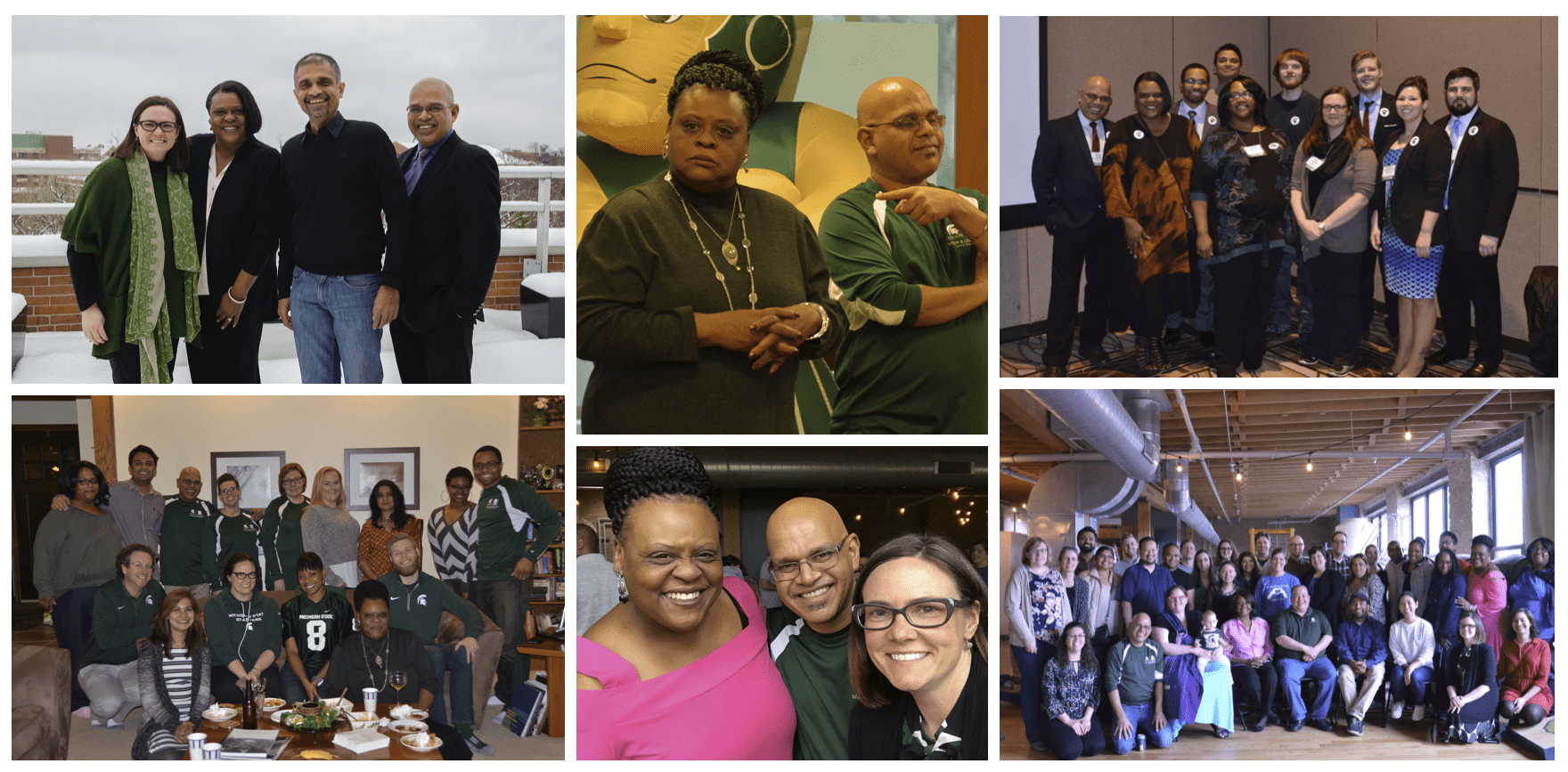 Excusado by Edward Weston
Excusado by Edward Weston
I have written earlier about the idea of veja du (which ended up becoming an assignment in my creativity class). To recap:
… if déjà vu is the process by which something strange becomes, abruptly and surprisingly familiar, véjà du is the very opposite. It is the seeing of a familiar situation with “fresh eyes,” as if you have never seen it before. So if déjà vu is about making the strange look familiar, véjà du is all about making the familiar look strange!
I was, this morning, provided and excellent example of veja du by one of the participants in my CEP817, Learning Technology by Design seminar. Steve Wagenseller pointed us to the photograph above, Excusado by Edward Weston and also linked to an essay by Marco Bohr on this photograph. I would strongly recommend looking at some other photographs by Weston (the tight closeups of vegetables are fantastic) and reading this essay “Excusado by Edward Weston“. A couple of key quotes. In this first quote Bohr places Edward Weston’s work within the broader context of art (and art movements) particularly drawing attention to the similarities and differences between his picture of a toilet and another (more famous) toilet that featured in the history of 20th century art.
Just like Marcel Duchamp eight years earlier, although this stands in a completely different context, he gave character to a toilet with his own recognizable ‘handwriting’. Duchamp had said that the perception of his urinal instillation was transformed by putting it in a gallery and calling it art. Weston transformed the perception of a toilet by capturing its pure aesthetic value in his defined style…
The next quote (and this is how Bohr finishes his essay) captures, for me the essence of the veja du assignment and takes it one step further, to comment on all that we do.
‘Excusado’ means to look at your object from different perspectives. For me it also means to get closer to the center of interest. It means that the light shapes the form and the form shapes the light. ‘Excusado’ means that there is no excuse for not making a beautiful picture even if it is toilet.
Think about that last sentence for a moment:
Excusado” means that there is no excuse for not making a beautiful picture even if there is a toilet.
Wow! What does that mean for me as a teacher? As a parent? As colleague? There are no excuses …



0 Comments
Trackbacks/Pingbacks